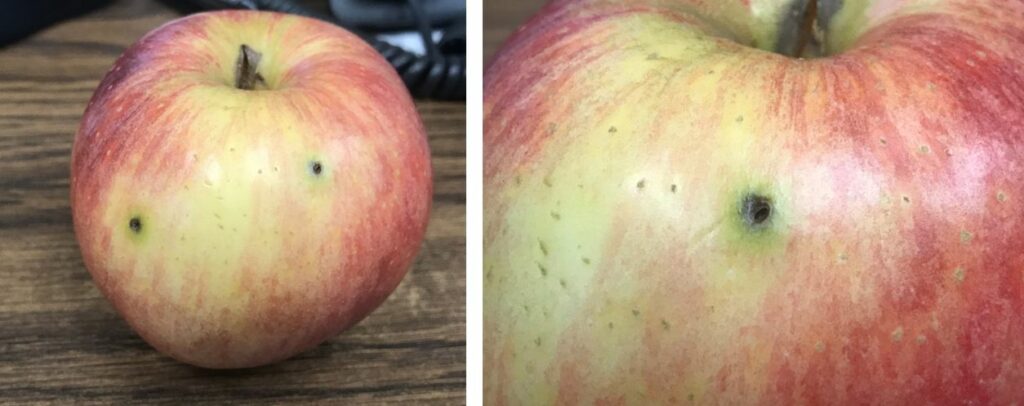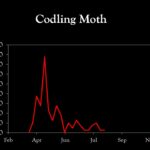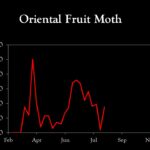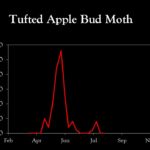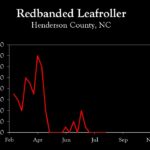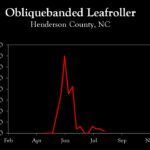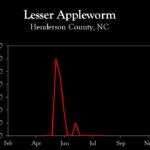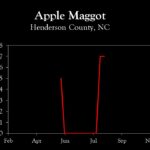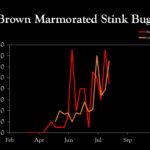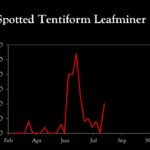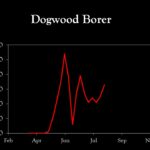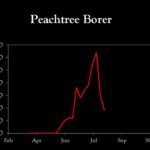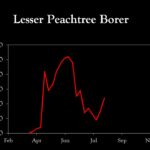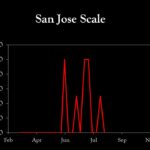WNC Orchard Insect Pest Populations – August 17, 2021
go.ncsu.edu/readext?815480
en Español / em Português
El inglés es el idioma de control de esta página. En la medida en que haya algún conflicto entre la traducción al inglés y la traducción, el inglés prevalece.
Al hacer clic en el enlace de traducción se activa un servicio de traducción gratuito para convertir la página al español. Al igual que con cualquier traducción por Internet, la conversión no es sensible al contexto y puede que no traduzca el texto en su significado original. NC State Extension no garantiza la exactitud del texto traducido. Por favor, tenga en cuenta que algunas aplicaciones y/o servicios pueden no funcionar como se espera cuando se traducen.
Português
Inglês é o idioma de controle desta página. Na medida que haja algum conflito entre o texto original em Inglês e a tradução, o Inglês prevalece.
Ao clicar no link de tradução, um serviço gratuito de tradução será ativado para converter a página para o Português. Como em qualquer tradução pela internet, a conversão não é sensivel ao contexto e pode não ocorrer a tradução para o significado orginal. O serviço de Extensão da Carolina do Norte (NC State Extension) não garante a exatidão do texto traduzido. Por favor, observe que algumas funções ou serviços podem não funcionar como esperado após a tradução.
English
English is the controlling language of this page. To the extent there is any conflict between the English text and the translation, English controls.
Clicking on the translation link activates a free translation service to convert the page to Spanish. As with any Internet translation, the conversion is not context-sensitive and may not translate the text to its original meaning. NC State Extension does not guarantee the accuracy of the translated text. Please note that some applications and/or services may not function as expected when translated.
Collapse ▲Brown Marmorated Stink Bug: First generation adult emergence is underway in all production areas, ranging from only about 10% of the population in Henderson County to almost 70% complete in the lower elevations of Cleveland and Lincoln Counties (see below). While total numbers are beginning to level off in lower elevations, expect numbers to continue to increase over the next month in higher elevations.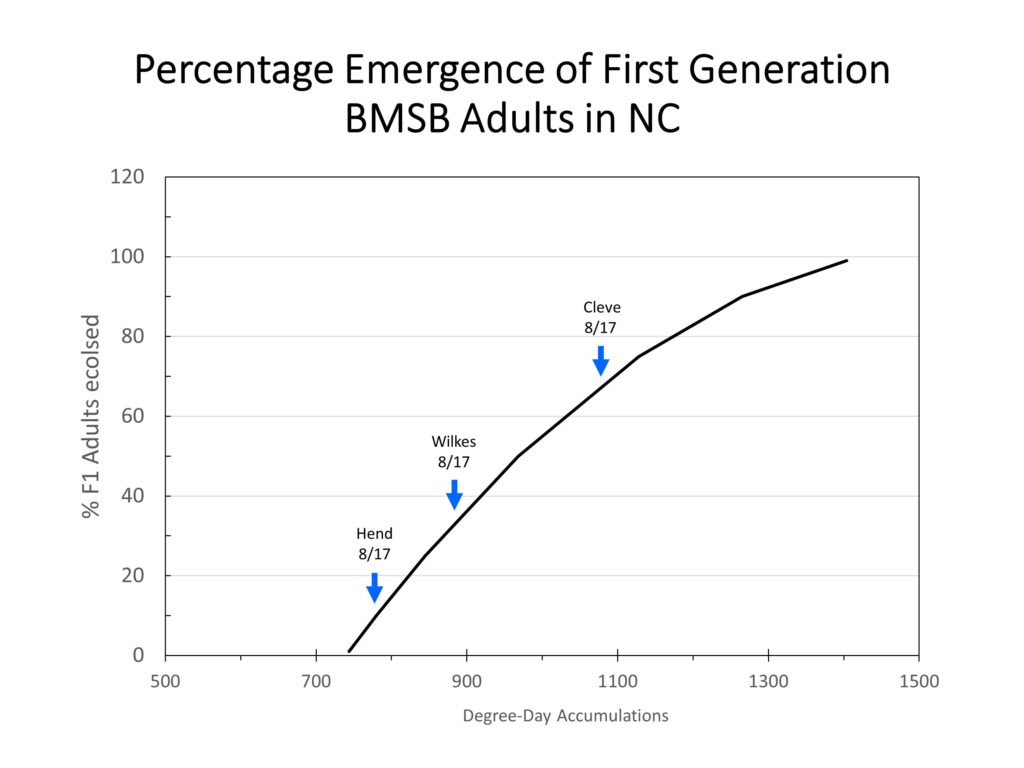
In recent years we’ve learned that Granny Smith are highly attractive to BMSB and incur much more damage than any other cultivar. Under high BMSB pressure, even weekly spray intervals have not prevented damage on Grannies. With the exception of Gala, significant damage has been observed on most other cultivars under high BMSB pressure, particularly Pink Lady, Golden Delicious, Delicious, Rome, and Fuji.
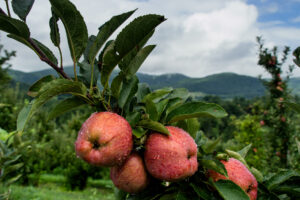 Depending on harvest date, in past years one or two well-timed pyrethroid sprays in late August and early to mid-September has provided good control on non-Granny culitvars harvested in mid to late September. However, BMSB populations can vary considerably among locations, For instance, the mean adult capture on traps in commercial orchards during the past week averaged 6.0 per trap, but ranged from 0 to 30. If unsure of the population density in your orchard, one should probably assume that an average of 6 adults per trap over one week warrants a spray.
Depending on harvest date, in past years one or two well-timed pyrethroid sprays in late August and early to mid-September has provided good control on non-Granny culitvars harvested in mid to late September. However, BMSB populations can vary considerably among locations, For instance, the mean adult capture on traps in commercial orchards during the past week averaged 6.0 per trap, but ranged from 0 to 30. If unsure of the population density in your orchard, one should probably assume that an average of 6 adults per trap over one week warrants a spray.
Other Pests: Populations of other key pests that occur at this time have been relatively low, including apple maggot, codling moth, and oriental fruit moth. There has been some damage to apples reported that has been difficult to identify, but at this time it is assumed to be caused by first-generation plum curculio adults. First-generation adults emerge during the month of July and into early August in North Carolina, and before seeking overwintering sites they will feed on fruit. In some instances, particularly lower elevations, they may also oviposit, but this is not common where apples are grown.
Learn more about southeastern apple insect pests at the Apple Insect Management page.
2021 Average Weekly Trap Captures
| HENDERSON COUNTY | |||
| Insects per trap | |||
| Aug 2 | Aug 9 | Aug 16 | |
| Codling moth | 2.0 | 0.5 | 0.5 |
| Oriental fruit moth | 19.5 | 20.0 | 17.5 |
| Tufted apple bud moth | 1.0 | 0.0 | 0.0 |
| Redbanded leafroller | 4.0 | 0.0 | 0.0 |
| Obliquebanded leafroller | 2.0 | 2.0 | 1.0 |
| Lesser appleworm | 0.0 | 0.0 | 0.0 |
| Apple maggot (abandoned and research orchards) | 0.0 | 0.7 | 0.7 |
| Brown marmorated stink bug (commercial) | 3.0 | 7.5 | 6.5 |
| Brown marmorated stink bug (unsprayed) | 3.4 | 3.9 | 4.5 |
| Spotted tentiform leafminer | 4.0 | 0.0 | 10.0 |
| Dogwood borer | 21.0 | 25.0 | 33.0 |
| Peachtree borer | 3.0 | 15.0 | 9.0 |
| Lesser peachtree borer | 9.0 | 15.0 | 24.0 |
| San Jose scale | 0.0 | 2.5 | 0.0 |
*Note that these averages illustrate only the timing of insect emergence and fluctuations in populations, and are not representative of population levels in any given orchard. The only way to have an accurate assessment of an individual orchard’s populations is to set up traps in that orchard.
2021 Accumulated Degree Days
| HENDERSON COUNTY | ||||
| Aug 2 | Aug 9 | Aug 16 | ||
| Codling moth (Biofix: April 10) |
1858 | 2000 | 2175 | |
| Oriental fruit moth (Biofix: March 27) |
2491 | 2668 | 2879 | |
| Tufted apple bud moth (Biofix: April 30) |
2132 | 2309 | 2520 | |
2021 Pest Trends (click to enlarge)
Visit WNC Orchard Insect Populations for archived posts.



